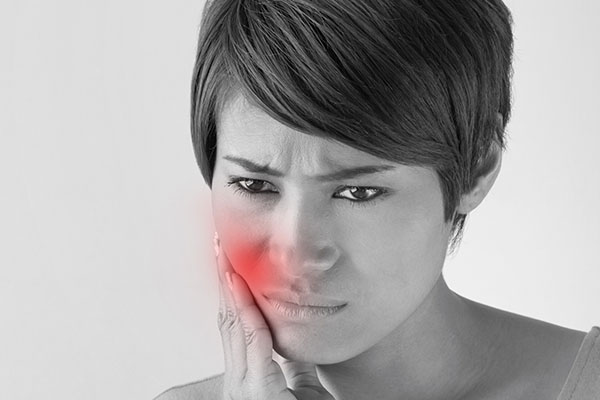 Gum disease attacks the healthy gum and bone structure in the mouth and in extreme cases can cause the teeth to fall out. Bleeding gums are an early warning sign of the infection, but unfortunately, many smokers, vapers, and tobacco chewers miss it. Because of this and other factors, smoking is a leading cause of gum disease in patients in the United States.
Gum disease attacks the healthy gum and bone structure in the mouth and in extreme cases can cause the teeth to fall out. Bleeding gums are an early warning sign of the infection, but unfortunately, many smokers, vapers, and tobacco chewers miss it. Because of this and other factors, smoking is a leading cause of gum disease in patients in the United States.
The link between tobacco and gum disease
Smoking does not so much cause gum disease as it exacerbates it. Gum disease is the result of plaque buildup in between and around the teeth. Plaque, if allowed to sit along the gumline, can irritate the tissue and cause it to become swollen and red. In many cases, bleeding gums soon follow. There are three ways that smoking can worsen this condition.
1. Immune system issues
Smokers have impaired immune systems. In a non-smoker, the immune system is likely to recognize the infection and take immediate action to combat it. In smokers, however, the body may be slow to respond to the infection and struggle to fight it. This raises smokers’ risk of developing more severe forms of gum disease, such as periodontitis, and in turn increasing the risks of tooth loss.
2. Lack of bleeding
Smoking can also hide or prevent the early warning signs of gum disease. Bleeding gums are one of the most common early symptoms of gingivitis. Unfortunately, because nicotine restricts blood flow, many smokers never experience this sign.
3. Gum discoloration
Gums developing gingivitis often turn from pink to red in the early stages. However, it is not uncommon for smokers to have gums that are grey or discolored, so the color change goes unnoticed.
The difficulties of treating gum disease in smokers
Once infected, gum disease is difficult to treat in smokers for several reasons. For starters, because tobacco use masks many of the early warning signs of gingivitis, the disease is often in its more advanced stages by the time it is recognized in a smoker. Advanced forms of gum disease require more extensive and ongoing treatment to cure than simple gingivitis.
As well, smoking inhibits the body’s ability to fight infection. Smokers do not respond as well to gum disease treatments as non-smokers. For many smokers, treatment causes dry sockets during the healing phase, which can be very painful. Smokers also tend to experience increased pain following gum surgery and lower dental implant success rates.
Quitting tobacco use
The primary recommendation for smokers to follow for their oral health and overall health is to quit smoking. Smokers who develop gum disease and bleeding gums and who subsequently quit typically have better outcomes than smokers who continue to use tobacco during treatment. Tobacco users who quit before developing gum disease may be able to prevent it entirely.
Conclusion
Tobacco use in all forms can have severe adverse impacts on a person’s dental and overall health. If you smoke, talk to a local dentist about ways to avoid gum disease and other oral issues.
Request an appointment or call Lush Dental Co. at 801-326-4131 for an appointment in our Highland office.
Related Posts
Diabetes can wreak havoc on several aspects of a person’s health, including tooth and gum health, with a strong connection between diabetes and gum disease. Bleeding gums are one of the earliest signs of gum disease and should be an immediate cause for concern for any person who lives with either type 1 or type…
Bleeding gums are a hallmark sign of gingivitis. Gingivitis is a mild form of gum disease. Inflammation in your gums can cause them to appear red and puffy. Your gums may bleed when you brush or floss your teeth the way you normally do. You may have healthy gums and still develop gingivitis during pregnancy.…
Patients who notice their gums bleeding upon brushing, flossing, or even eating may initially panic. However, while bleeding gums often signify the beginnings of gingivitis, this inflammation and the resulting gum disease can be reversed with timely and targeted treatments if it is caught soon enough. It is important to investigate the cause of long-term…
